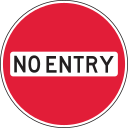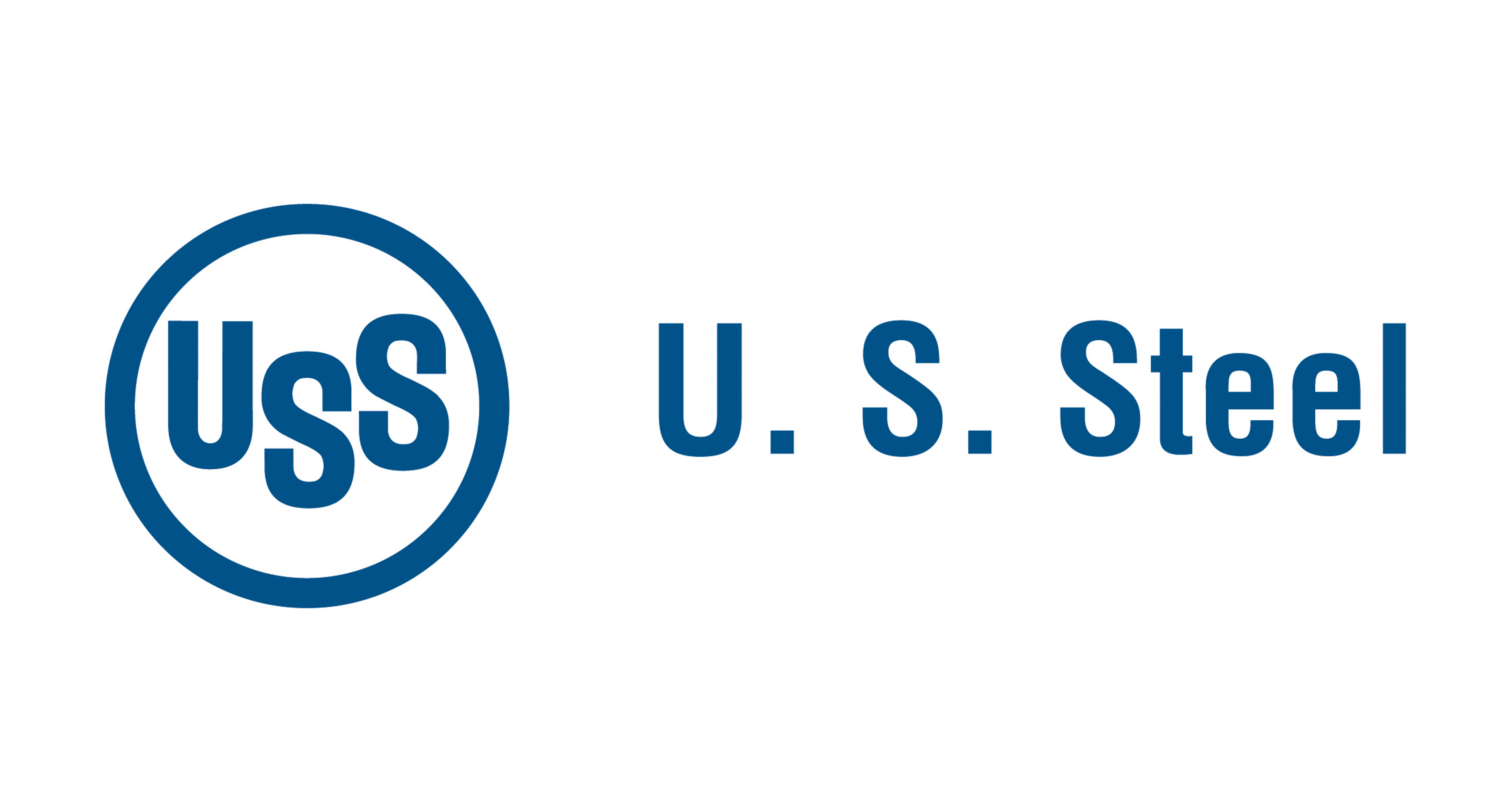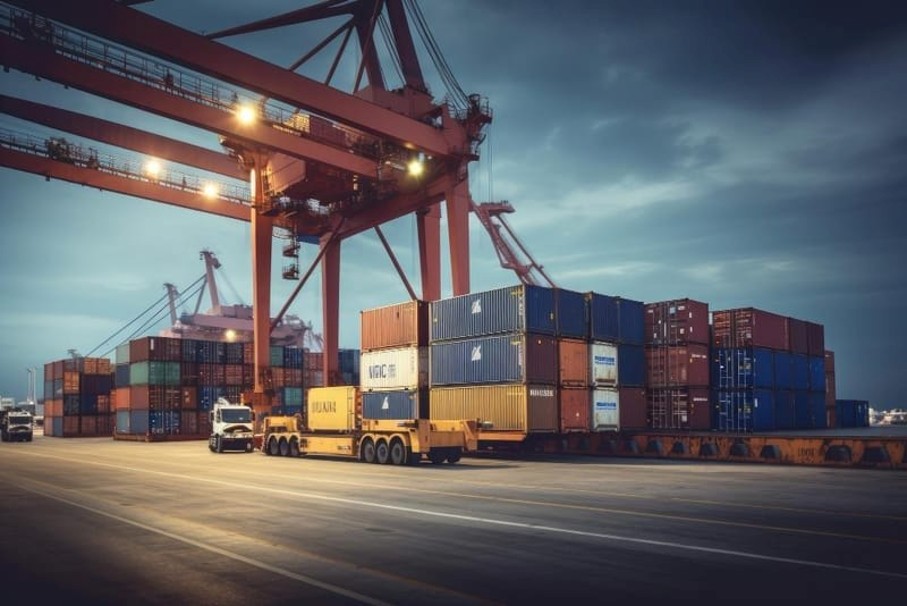Government/Policy

October 8, 2024
US bans steel made with forced labor from Baowu subsidiary
Written by Laura Miller
The US has banned imports from a subsidiary of the world’s largest steelmaker because it allegedly uses forced labor to produce steel products.
The US Department of Homeland Security (DHS) has added Baowu Group Xinjiang Bayi Iron and Steel Co. (Xinjiang Bayi) to its Uyghur Forced Labor Prevention Act (UFLPA) Entity List.
Xinjiang Bayi, which produces hot-rolled coil, plate, and rebar, is located in Ürümqi, Xinjiang, China. It was acquired by the Baosteel Group in 2007. When Baosteel merged with Wuhan Iron and Steel in 2016, it became China Baowu Steel Group. The group is now the largest steelmaker in the world, producing over 130 million metric tons in 2023.
The UFLPA, in place since December 2021, prohibits the importation of goods mined, produced, or manufactured wholly or in part with forced labor in the Xinjiang Uyghur Autonomous Region (XUAR) of the People’s Republic of China.
“The United States government has reasonable cause to believe, based on specific and articulable information, that Xinjiang Bayi works with the government of the XUAR to recruit, transport, transfer, harbor, or receive Uyghurs, Kazakhs, Kyrgyz, or members of other persecuted groups out of the Xinjiang Uyghur Autonomous Region,” DHS said in a statement on Oct. 2.
The UFLPA list now includes 75 entities, mainly in the chemicals, apparel/textiles, and agricultural sectors. Xinjiang Bayi is the first steel company added to it.
DHS cautioned US importers to conduct due diligence and research their supply chains to determine any risks of forced labor.
“No sector is off-limits,” warned DHS Under Secretary for Policy Robert Silvers.
Customs and Border Protection (CBP) will deny entry to any goods or their components believed to be produced by these entities.
SMU received a tip earlier this year that a vessel carrying ~20,000 tons of Chinese tin plate was denied entry at a US port because it was unable to certify that the product was not made with forced labor. We were unable to confirm that rumor.






